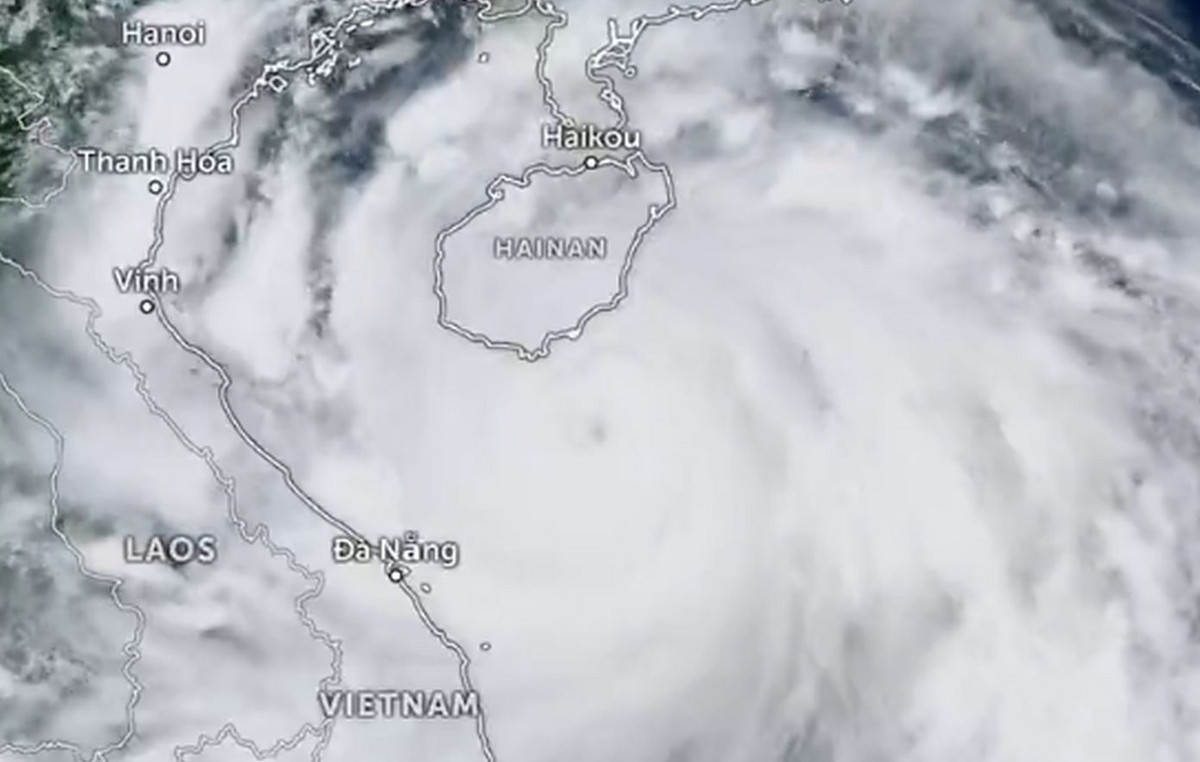- NZD/USD weakens to around 0.5895 in the European session on Monday.
- China’s Caixin Manufacturing PMI rose more than expected in November.
- The US ISM Manufacturing PMI will be released later on Monday.
The NZD/USD pair is trading on a softer note around 0.5895 on Monday during Asian trading hours. Expectation of another rate cut by the Reserve Bank of New Zealand (RBNZ) in February 2025 and Trump’s tariff threats continue to weaken the pair. The US ISM Manufacturing Purchasing Managers’ Index (PMI) for November will be in the spotlight later on Monday.
RBNZ Governor Adrian Orr hinted during a press conference last week that another double cut would be possible in February 2025, citing the growth backdrop in New Zealand. This, in turn, drags the NZD lower against the US Dollar (USD) for the time being. Additionally, Trump has promised a 25% tariff on all products from Mexico and Canada and an additional 10% tariff on products from China. The tariffs could lead to a global trade war and could impact New Zealand’s economy, as China is New Zealand’s largest trading partner.
Data released by Caixin Insight Group and S&P Global on Monday showed that the Chinese manufacturing PMI rose to 51.5 in November from 50.3 in October, beating the estimate of 50.5. However, upbeat economic data failed to boost the NZD against the USD amid the cautious environment.
Traders await further catalysts from US ISM Manufacturing PMI data on Monday, which is forecast to improve to 47.5 in November from 46.5 in October. Later this week, Fed speakers could offer some clues about the outlook for US interest rate policy, along with the US jobs report for November.
New Zealand Dollar FAQs
The New Zealand Dollar (NZD), also known as the Kiwi, is a well-known currency among investors. Its value is largely determined by the health of the New Zealand economy and the policy of the country’s central bank. However, there are some peculiarities that can also cause the NZD to move. The evolution of the Chinese economy tends to move the Kiwi because China is New Zealand’s largest trading partner. The bad news for the Chinese economy will likely mean fewer New Zealand exports to the country, which will affect the economy and therefore its currency. Another factor moving the NZD is dairy product prices, as the dairy industry is New Zealand’s main export. High dairy prices boost export earnings, contributing positively to the economy and therefore the NZD.
The Reserve Bank of New Zealand (RBNZ) aims to achieve and maintain an inflation rate of between 1% and 3% over the medium term, with the aim of keeping it close to the midpoint of 2%. To do this, the bank sets an appropriate level of interest rates. When inflation is too high, the RBNZ raises interest rates to cool the economy, but the move will also drive up bond yields, making investors more attractive to invest in the country and thus boosting the NZD. On the contrary, lower interest rates tend to weaken the NZD. The so-called rate differential, or what rates in New Zealand are or are expected to be compared to those set by the US Federal Reserve, can also play a key role in the movement of the NZD/USD pair.
The release of macroeconomic data in New Zealand is key to assessing the state of the economy and can influence the valuation of the New Zealand Dollar (NZD). A strong economy, based on high economic growth, low unemployment and high confidence is good for the NZD. High economic growth attracts foreign investment and may encourage the Reserve Bank of New Zealand to raise interest rates if this economic strength is accompanied by high inflation. Conversely, if economic data is weak, the NZD is likely to depreciate.
The New Zealand Dollar (NZD) tends to strengthen during periods of risk appetite, or when investors perceive overall market risks to be low and are optimistic about growth. This usually translates into a more favorable outlook for commodities and so-called “commodity currencies” such as the kiwi. Conversely, the NZD tends to weaken during times of market turmoil or economic uncertainty, as investors tend to sell riskier assets and flee to more stable havens.
Source: Fx Street
I am Joshua Winder, a senior-level journalist and editor at World Stock Market. I specialize in covering news related to the stock market and economic trends. With more than 8 years of experience in this field, I have become an expert in financial reporting.







